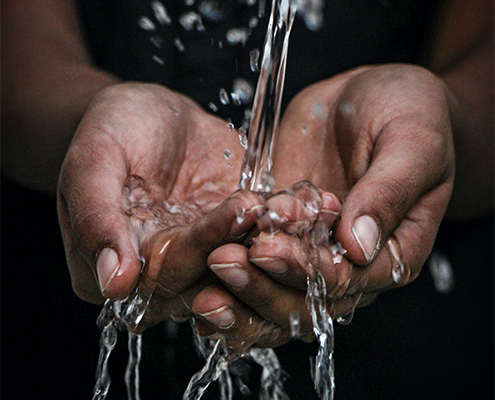Unpaid Utility Bills Are Disproportionately Piling Up in L.A.’s Communities of Color
Between 25% and 30% of Angelenos have unpaid energy and water bills, with debts unevenly impacting Black, Latino, and low-income neighborhoods.

May 4, 2021
A new report authored by the UCLA Luskin Center for Innovation and Center for Neighborhood Knowledge measures the extent of utility debt accumulation among customers served by the Los Angeles Department of Water and Power.
Disparities in unpaid bills predate COVID-19 but have deepened since the pandemic’s outbreak. Using data from a November 2020 California State Water Resources Control Board survey, the researchers found one-quarter to one-third of all Los Angeles households faced financial difficulties paying for their utilities.
“We didn’t expect the magnitude to be this big,” said Silvia R. González, co-author of the study and a senior researcher at the Luskin Center for Innovation. “For many families, this means choosing between keeping their lights on or skipping meals or medical treatment.”
The debt burden is unevenly distributed across Los Angeles — 64% of the population in severely affected neighborhoods are Latino. Black communities also face disproportionate debt, and racial disparities persist even after accounting for socioeconomic characteristics. Further, the study found that lower-income neighborhoods, residents with limited English proficiency and renters face unequal debt burdens.
Early on in the pandemic, Governor Newsom suspended water and energy utility shut-offs, which has provided continued utility access for households in California. But accumulating debt has not been forgiven, and this crisis will need to be resolved once the suspension is lifted.
Researchers said they hope to guide policymakers and utility operators in formulating targeted debt-relief programs, and calls for financial support from COVID-19-related aid to ensure that vulnerable Angelenos will still have access to water and energy after the pandemic.
“We need an equitable relief plan,” said González. “These communities are already historically underserved areas and they’ve been left behind more broadly during the pandemic. These debts will be impossible for many families to repay.”


